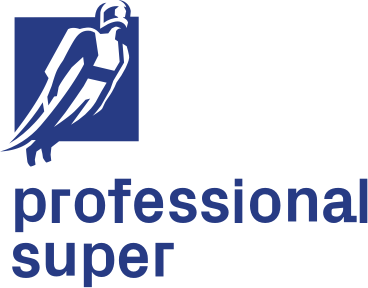How to save for your first home in your super
2 min read
The First Home Super Saver Scheme (FHSSS) helps you save for a home deposit inside your superannuation account. You can save up to $15,000 per financial year, up to a maximum of $50,000. When you are ready to purchase your first home, you can withdraw up to $50,000 plus associated earnings, less any taxes.
Note: The $50,000 limit on eligible contributions will only apply to requests for FHSS determinations made from 1 July 2022. The previous $30,000 limit on eligible contributions will apply to requests for FHSS determinations made before 1 July 2022.
With the FHSSS, there can be a tax benefit as the money is being saved inside your super account and super gets a special tax treatment. You generally only pay 15% tax on the earnings within super.
This is compared to when you save the same amount of money in a savings account. You will be required to pay tax on the interest you earn, taxed at your personal income tax rate (this percentage increases as your salary increases and can be up to 47%).
The other upside of contributing to your super is that your money earns more interest than you’d generally earn in a savings account1.
To begin the FHSSS, you will need to make additional contributions. You can do this by salary sacrificing or making personal contributions - they must be voluntary contributions by you, as you cannot access the employer contributions.
A good way to start is to work out how much you can contribute, as there are limits on the total amount of combined voluntary and employer contributions you can make in a year. If you are currently working, you can find out how much you receive from your employer by checking your payslips or asking them.
Speak to your employer or HR about salary sacrificing. This is where you take money out of your wages before they’re paid and your employer automatically deposits the amount into your super. You can normally do this if the total of your employer’s ordinary contributions, plus your salary sacrifice contributions, is less than $30,000 p.a.
The benefit of doing this is that these contributions are deducted from your salary before tax, meaning you pay no income tax on these contributions and are instead taxed at a concessional rate of 15%
This is the easiest method and allows you to stay in control of the amounts and when you would like to contribute.
It’s easy to make personal contributions, you just set up a transfer via BPAY. As you are transferring these yourself, you can choose to transfer small amounts frequently or one lump sum before the end of the financial year.
You may also be able to claim an income tax deduction for personal contributions, see the ATO’s website for more information.
If you're a Professional Super member, you can make personal contributions easily. Just login and you can find your personalised BPAY details under "Make a contribution".
Legal stuff: This blog post contains a brief outline of the First Home Super Saver Scheme and the benefits it may offer. However, tax is complex, and we can’t provide you professional tax advice. Before making a decision to utilise this scheme, you should consult the ATO’s guidance and consider speaking to a tax professional. Similarly, before making personal contributions with the intention of claiming an income tax deduction, you should read the ATO’s guidance and consider seeking advice. Some eligibility conditions may apply, and you should check that your fund will accept your additional contributions by referring to the PDS.
Notes:
1. As at May 2024, the deemed rate of earnings for the First Home Super Saver Scheme, represented by the Shortfall Interest Charge is 7.34%, compared to the RBA’s cash rate of 4.35% which is often similar to interest earned in a bank account.


Start saving for your first home today with Professional Super!
See our Fees & discounts page or PDS for details



